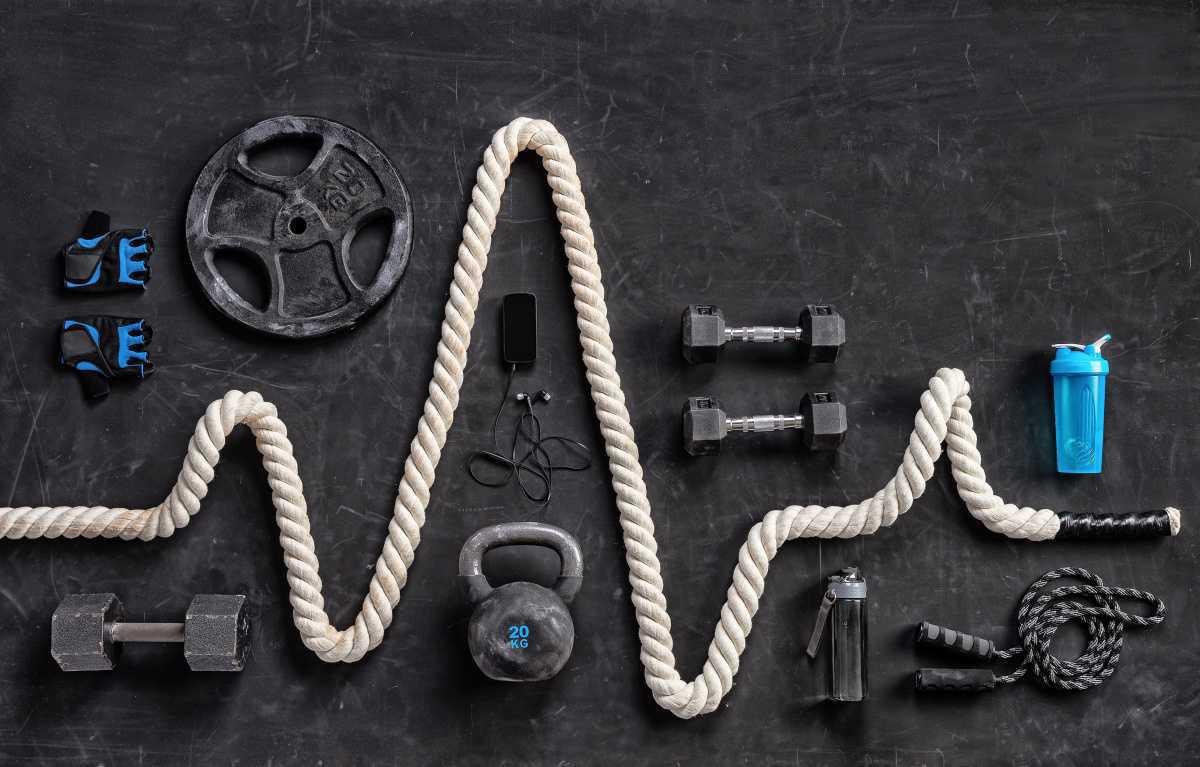Once just a place to grunt, sweat, and dodge eye contact with people doing questionable kettlebell swings, the modern gym has morphed into something far more complex. Today, it’s a stage, a community hub, a mirror of self-worth, and—let’s be honest—a very well-lit arena for Instagram selfies.
Behind every clanking dumbbell and motivational quote mural is a fascinating social and cultural machine that reflects our values, anxieties, and the way we curate identity through the body. Welcome to the gym—not just a physical space, but a space where meaning is lifted alongside the weights.
From Gladiators to Gym Bros
Physical training has always been a form of cultural expression. Ancient Greeks trained nude in public gymnasiums. Roman gladiators fought to the death for fitness and fame. And now? We have CrossFit influencers doing burpees on TikTok while selling protein supplements named after Norse gods.
The gym as we know it today—a commercial, member-based indoor space—only really took off in the 20th century. It exploded in popularity thanks to figures like Arnold Schwarzenegger, the rise of aesthetic fitness, and the invention of gym mirrors (probably not in that order). But as the dumbbells got heavier, the culture got more layered.
The Gym Is Also In Your Head
Today’s gym isn’t just about physical gains—it’s about mental wellness, confidence, identity, and control.
Some go to blow off steam, some go to prepare for marathons, and others just want to feel like they’ve earned their third coffee of the day. The gym becomes a ritual—a way to reclaim time, reshape the self, and impose order in a chaotic world.
But let’s not ignore the pressures lurking behind the barbell rack: body image anxiety, performative fitness, comparison culture, and the subtle hierarchy of who’s lifting how much, and wearing which brand of compression pants.
Gym as Social Arena
Despite the headphones and the hyper-focus, gyms are surprisingly social places. You’ve got:
-
The silent nod crew (a daily unspoken “yo” to familiar strangers),
-
Spotting partners turned best friends,
-
Post-class juice bar gossip,
-
And yes, “do you even lift, bro?” energy from the self-appointed lords of the bench press.
Group classes like Zumba, spin, and yoga have turned the gym into a community center, especially for women and older adults. These spaces often offer connection and motivation where traditional social settings fall short.
Instagram, Influencers, and Image
Let’s talk selfies. The gym is now a set—a content factory where gains must be documented and #fitspiration is currency. Social media has helped democratize fitness but also amplified perfectionism. The performance isn’t just physical—it’s digital.
But who owns the gym narrative? Are you there for personal growth, or for likes? Either way, the gym has become part of your personal brand.
Cultural Crossroads
From bodybuilding to body positivity, gymtimidation to lifting for longevity, the modern gym reflects evolving values around health, gender, age, and ability. Women are taking up more space in traditionally male zones. Older adults are redefining what aging looks like. Adaptive fitness is growing in visibility.
The gym is no longer just for young bros yelling “one more rep!”—it’s a dynamic cultural crossroads where power, vulnerability, vanity, and resilience all sweat side-by-side.
Final Rep: More Than Muscle
In the end, the gym is both literal and metaphorical: a place to build strength, yes—but also to grapple with how we present ourselves to the world. It’s a space of aspiration, connection, and, occasionally, humbling encounters with resistance bands.
So the next time someone asks, “Do you even lift, bro?”—feel free to say yes. Just don’t forget you’re lifting more than just weights. You’re lifting expectations, identities, and meaning too.


